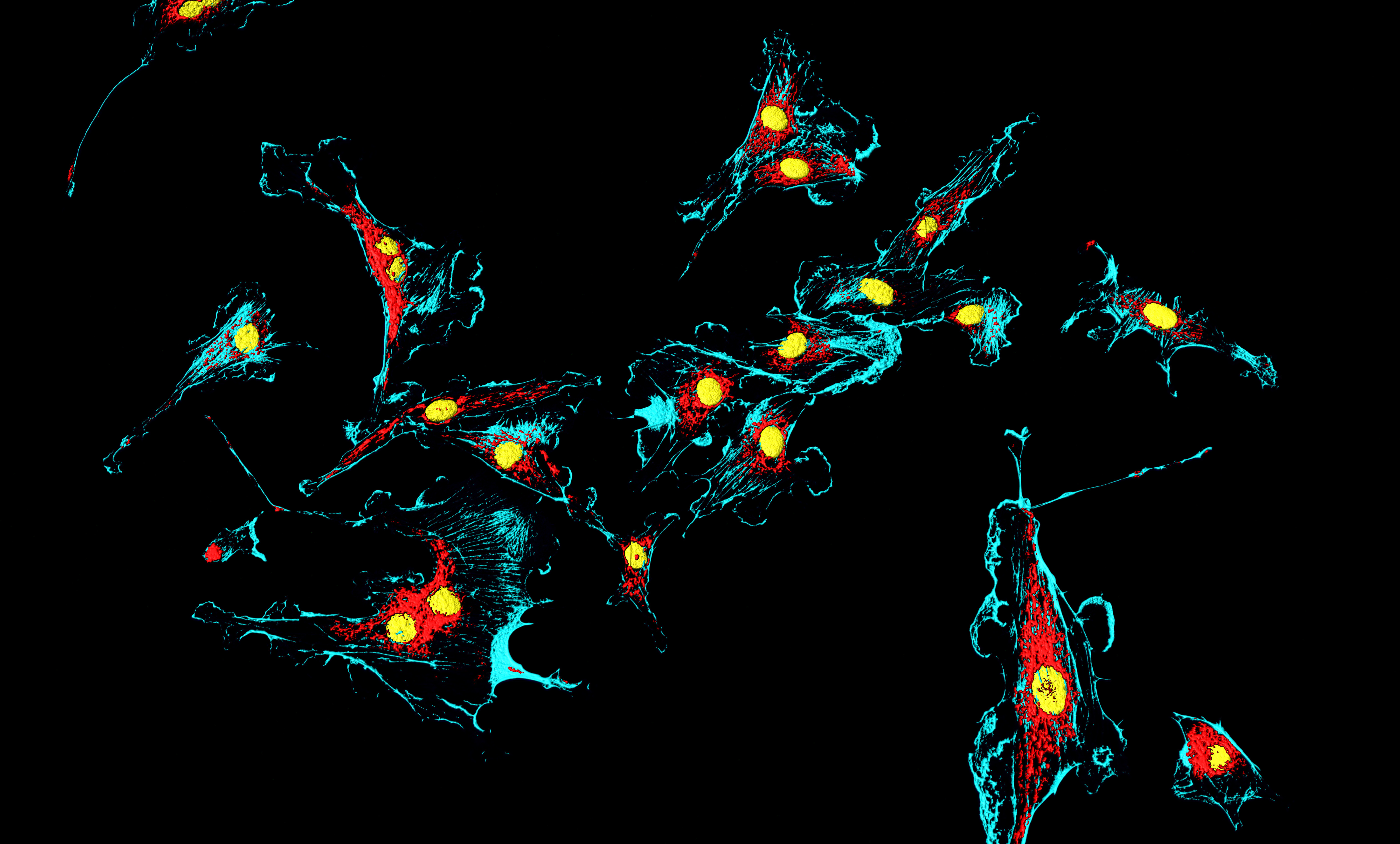Synthase Known as HAS2 Found to Regulate PF Development in Mice, Including Fibrotic Clearance
Written by |

Hyaluronan synthase 2 (HAS2) deletion from fibrotic fibroblasts induces senescence (gradual deterioration) in the cells and fibrotic clearance in mouse models of lung fibrosis. The findings, reported in the study “Hyaluronan synthase 2 regulates fibroblast senescence in pulmonary fibrosis” and published in the journal Matrix Biology, suggest HAS2 as a potential new therapeutic target.
Tissue injury and follow-up repair mechanisms, if deregulated, often lead to tissue fibrosis, i.e., the formation of excess fibrous connective tissue. In the lungs, the fibrotic tissue is mainly composed by matrix components, including glycosaminoglycan hyaluronan (HA).
Mesenchymal cells are a population of stromal cells, present in the bone marrow and most connective tissues, that are capable of differentiating into a variety of cell types, including osteoblasts (bone cells), chondrocytes (cartilage cells), myocytes (muscle cells), and adipocytes (fat cells). Hyaluronan synthases are responsible for HA synthesis, but in mesenchymal cells the isoform two, HAS2, is the major isoform responsible for hyaluronan production.
In a previous study, the team of researchers at the Cedars-Sinai Medical Center in Los Angeles showed that overexpressing HAS2 in mesenchymal cells in mice led to the invasion of fibroblasts into the lungs, resulting in severe fibrosis. Now the researchers, in collaboration with colleagues at Duke University School of Medicine in North Carolina, hypothesized that a potential mechanism for resolving lung fibrosis is the induction of senescence in fibrotic fibroblasts, and postulated that HAS2 could play a role in the process.
The research team performed in vitro studies and found that fibrotic fibroblasts develop senescence features (increased SA-β-gal activity), and that this phenotype was accompanied by decreased expression of HAS2. Moreover, researchers observed that depleting HAS2 in fibrotic fibroblasts induced fibroblast senescence. In mouse mesenchymal cells, deletion of HAS2 also resulted in increased cellular senescence of fibroblasts in bleomycin-induced mouse lung fibrosis.
In conclusion, results suggested that HAS2 is indeed a regulator of pulmonary fibrosis, with its overexpression promoting invasiveness and severe fibrosis. The downregulation of HAS2, conversely could be a mechanism for fibrosis clearance, making it a potential therapeutic target for inducing fibroblast senescence and abrogating lung fibrosis.






